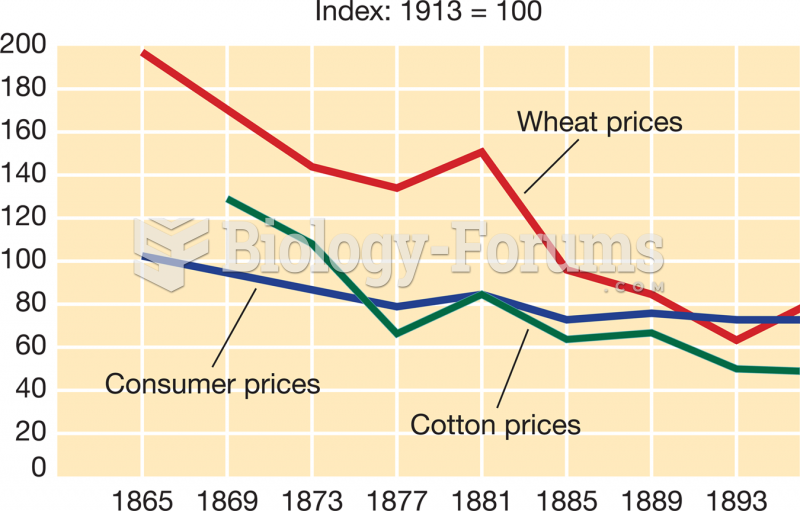|
|
|
Did you know?
There are 60,000 miles of blood vessels in every adult human.
Did you know?
The longest a person has survived after a heart transplant is 24 years.
Did you know?
Parkinson's disease is both chronic and progressive. This means that it persists over a long period of time and that its symptoms grow worse over time.
Did you know?
Interferon was scarce and expensive until 1980, when the interferon gene was inserted into bacteria using recombinant DNA technology, allowing for mass cultivation and purification from bacterial cultures.
Did you know?
The first monoclonal antibodies were made exclusively from mouse cells. Some are now fully human, which means they are likely to be safer and may be more effective than older monoclonal antibodies.
 Humanmade pollutants may be driving the expansion of the Earth’s tropical belt seen
Humanmade pollutants may be driving the expansion of the Earth’s tropical belt seen
 Nurses may collaborate with social workers, physicians, and other members of the health care team to
Nurses may collaborate with social workers, physicians, and other members of the health care team to





